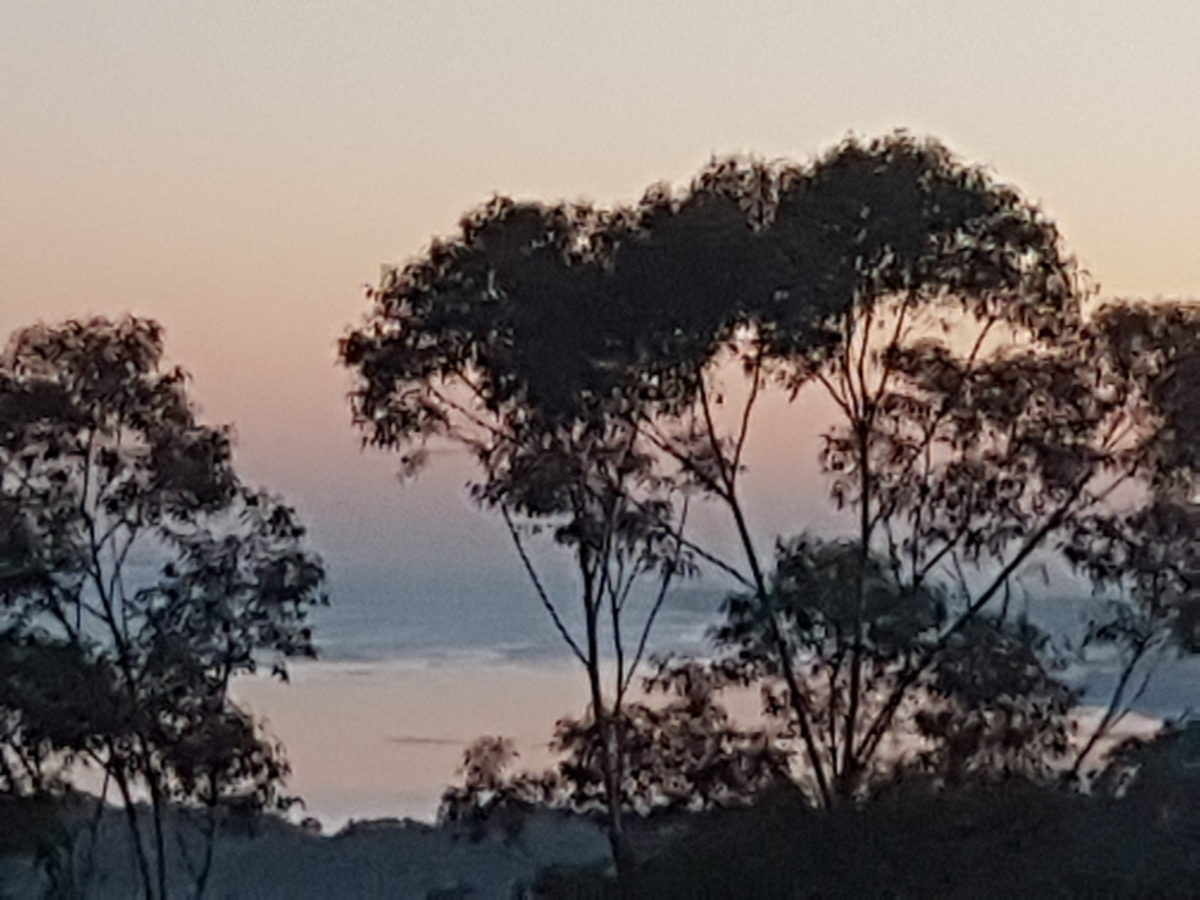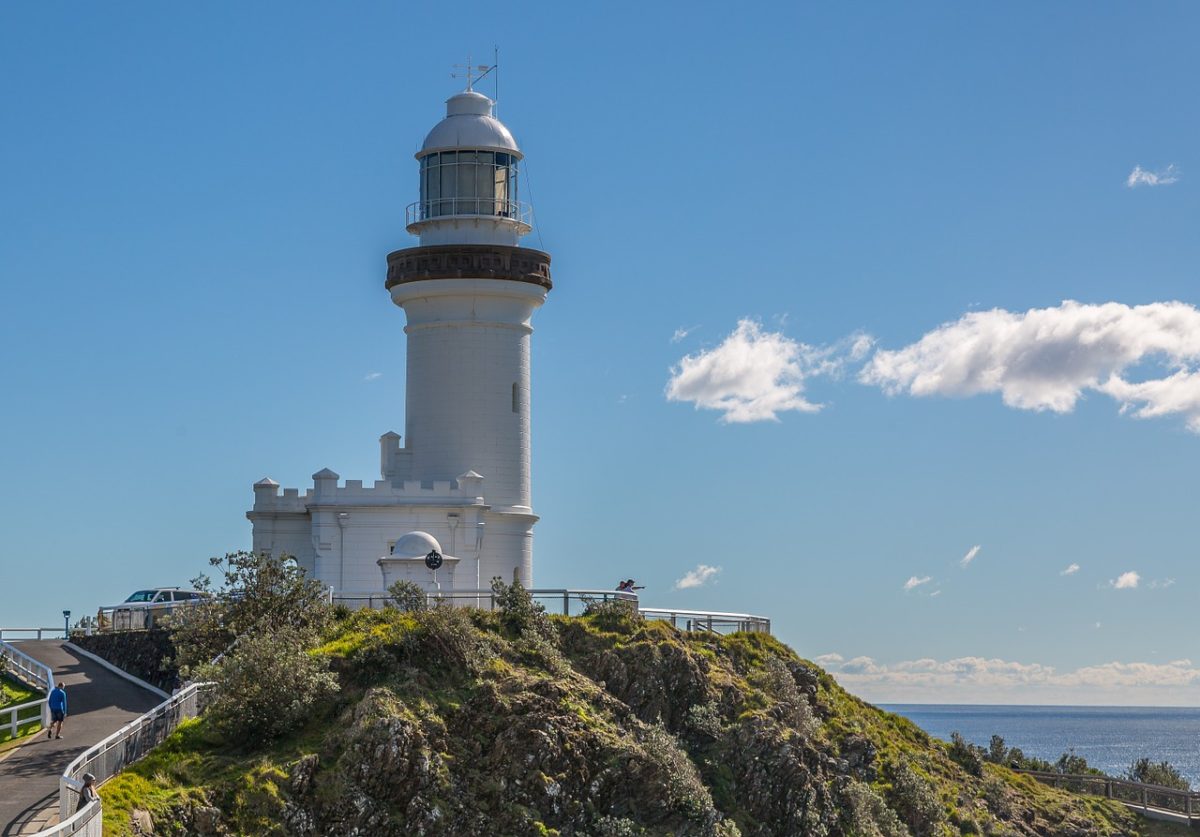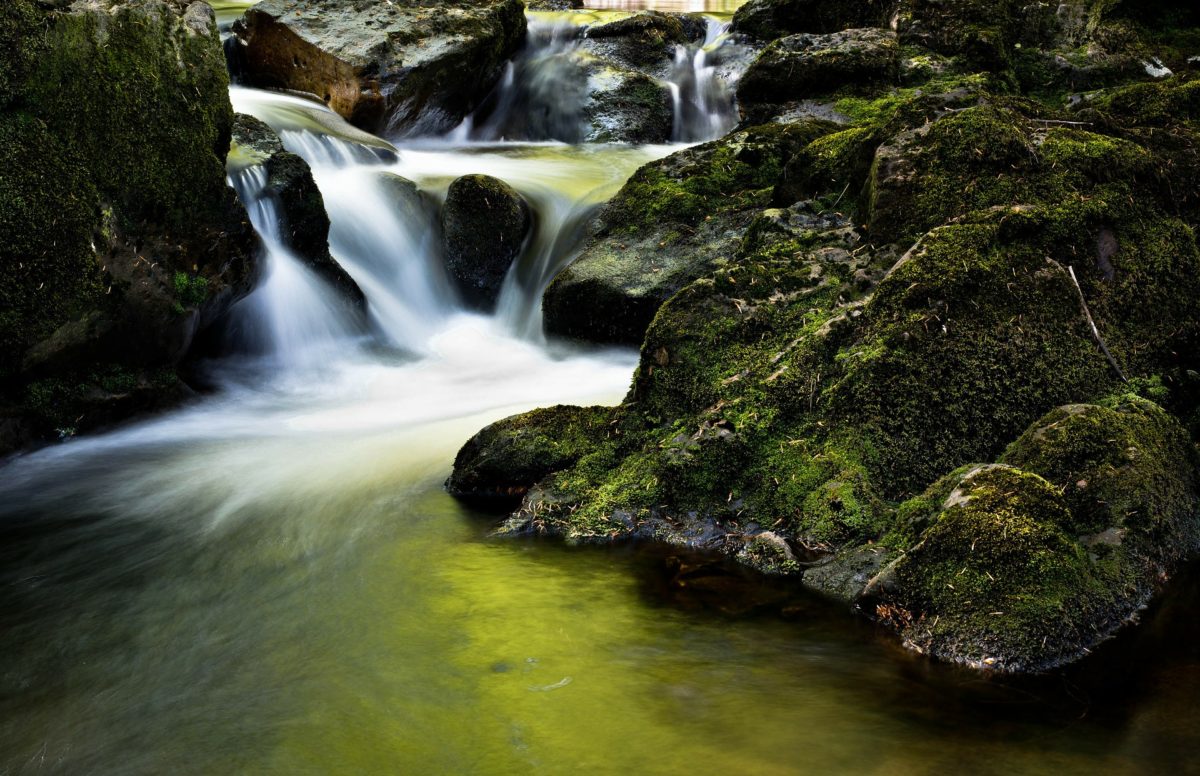In the previous post, I introduced meditating on death, discussed its benefits and shared some examples of this meditation approach. Here, I want to discuss the lessons we can learn about mindfulness from people who have reported a near-death experience (NDE).
The ground-breaking research in this area was conducted by Dr. Raymond A Moody who first published his book in 1975, Life After Life: The Investigation of a Phenomenon – Survival of Bodily Death. This research in the USA led to people all over the world reporting near-death experiences and opened up a whole new arena of research which continues today. A research foundation has been established by Jody and Jeffrey Long to collect individual NDE stories from around the world and share research about NDE experiences.
Some scientists challenged the NDE stories and their associated conclusion of an afterlife – they considered it to be some form of aberration of the brain. However, neuroscientist, Dr. Eben Alexander – originally one of the strongest opponents of the meaning of the NDE experience – had a near death experience himself when he suffered a seven day coma and his pre-frontal cortex shut down. His documented experience and conclusions have challenged the scientific community. His recent book records his initial doubts, his own NDE experience, his new understanding of consciousness and his life transformation, Living in a Mindful Universe: A Neurosurgeon’s Journey into the Heart of Consciousness.
Mindfulness lessons from reported near-death experiences
One researcher decided to conduct research of NDEs in Australia as the focus of her doctoral research. Dr. Cherie Sutherland PhD, interviewed 400 Australians who had a near death experience and published her results in a book, Transformed by the Light: Life After Near-Death Experiences.
Cherie defines a NDE experience as follows:
The near-death experience (NDE) is said to occur when a person is close to death (or in many cases actually clinically dead), and yet is resuscitated or somehow survives to recount an intense, meaningful experience. (p.3)
Cherie found that most of the reported NDE experiences have some things in common – a compassionate life review, out-of-body experience, feelings of peace and well-being and a sense of timeliness. This mirrors the NDE research results from elsewhere in the world.
The findings that were most common relate to the after-effects of an NDE experience, and these have particular relevance for mindfulness practice. People who encounter a near-death experience typically have initial problems with “re-entry” into everyday life. However, over time, they begin to reassess their values, the meaning of their lives and their priorities. They tend to transform themselves, and their life changes accord with mindfulness practice and the attendant growth in awareness. People who encounter a near-death experience typically report:
- profound self-awareness, equivalent to a series of in-depth psychoanalysis sessions with a therapist
- increased sense of control over their lives and self-management
- very strong desire to use their latent talents and abilities for the benefit of others
- growth in self-concept, self-confidence and self-efficacy (belief in their capacity to achieve things)
- increased patience and tolerance (not controlled by assumptions)
- heightened appreciation and respect for nature
- greater appreciation of others and “love for humanity”
- greater understanding and insight
- growth in compassion and a strong desire to work with those who are disadvantaged and “the grieving, the elderly and dying” – many made career changes including working in hospices for the dying
- profound desire to learn – to gain self-knowledge, to develop their talents and to be a greater source of help to others
- different attitudes to death and a loss of fear of death.
As we grow in mindfulness, we move closer to the life transformation displayed by people who have encountered a near-death experience and we begin to realise the benefits that come with sustaining mindfulness practice.
By Ron Passfield – Copyright (Creative Commons license, Attribution–Non Commercial–No Derivatives)
Image source: courtesy of geralt on Pixabay
Disclosure: If you purchase a product through this site, I may earn a commission which will help to pay for the site, the associated Meetup group and the resources to support the blog.








